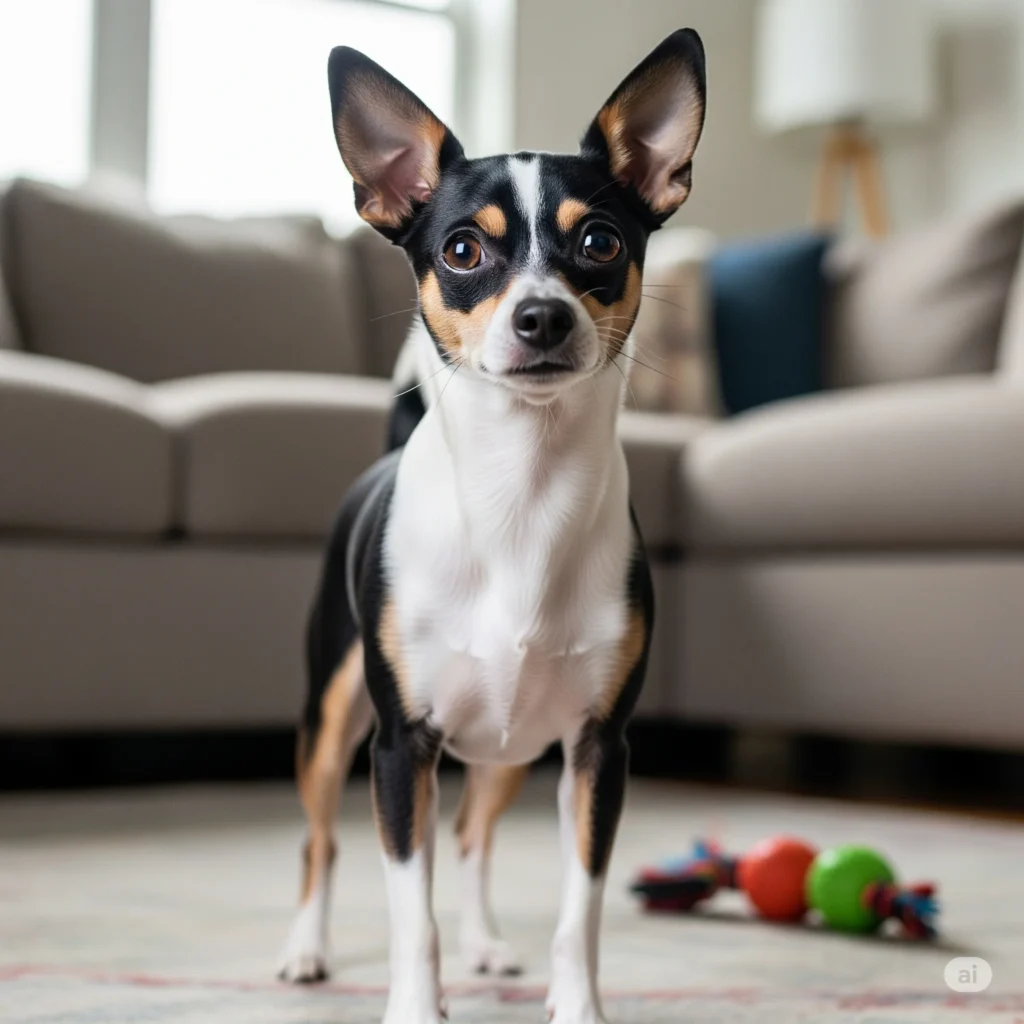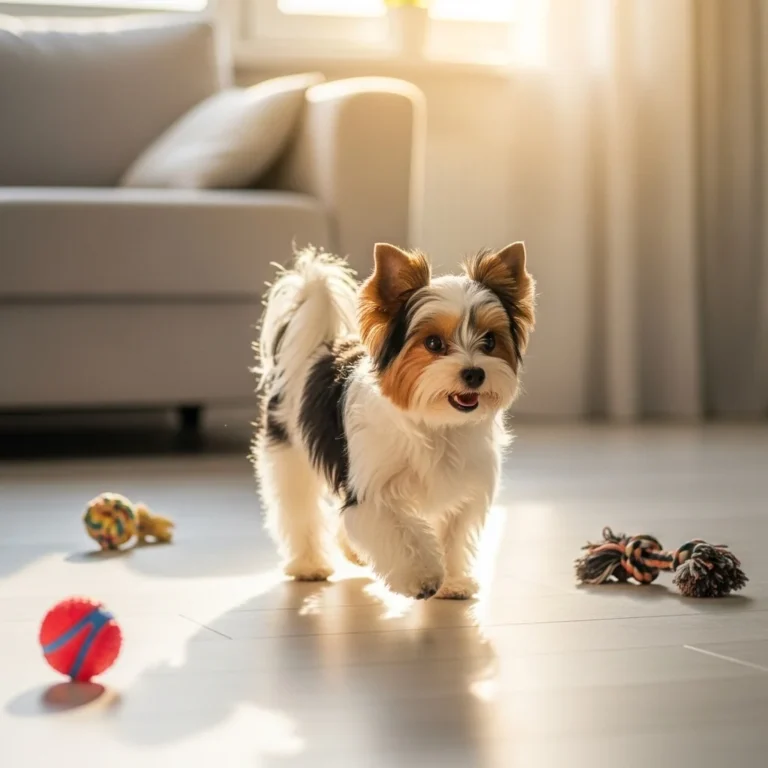
What Are the Common Signs That My Dog Is Constipated?
Ever seen your dog squat for ages, looking like they’re trying to solve world peace, but nothing’s happening? That’s a big clue. Here’s what to watch for and let’s see how to make a constipated dog poop quickly:
- Straining or Crying: If your pup’s pushing hard or whimpering while trying to go, it’s a sign something’s off.
- Infrequent Poops: Normally, your dog’s dropping deuces a couple times a day. If they’re skipping days, take note.
- Hard, Dry Poops: Think pebbles or tiny rocks—ouch! That’s not normal.
- Acting Off: Turning down their favorite treats or snoozing more than usual? Could be tummy trouble.
How Long Can a Dog Go Without Pooping Before It’s a Concern?
If your dog hasn’t pooped in over 48 hours, it’s time to ring up the vet. Holding it in too long can turn into a bigger mess than just a backed-up pup.
How Do I Know If My Dog’s Constipation Is Serious or an Emergency?
If your dog’s straining with no results, has blood in their poop, or looks like they’re in serious pain, don’t wait—get to the vet ASAP. Those are red flags that something more serious might be going on.
Common Causes of Dog Constipation
Let’s figure out why your dog’s plumbing is clogged up. Here’s the lowdown on what might be causing the backup.
Diet and Hydration
- Low-Fiber Diet: If your dog’s meals are all meat and no greens, their poop might get stuck. Fiber’s like the highway for smooth travels, ya know?
- Dehydration: Not drinking enough water can turn their poop into cement. Gotta keep those bowls filled!
Physical Factors
- Lack of Exercise: A couch-potato pup is more likely to get backed up. Movement gets things moving, if you catch my drift.
- Obesity: Extra pounds can squish their insides, making pooping tougher. Time for a doggy diet?
Medical Conditions
- Anal Gland Issues: If those little glands near their butt are blocked or infected, it can make going painful.
- Spinal or Neurological Problems: Issues with their spine or nerves can mess with their bathroom routine.
Behavioral Factors
- Stress or Anxiety: Moving houses or a new pet in the mix? Stress can make your dog “hold it” longer than they should.
- No Good Potty Spot: If they don’t have a comfy place to go, they might just say, “Nah, I’ll wait.”
Home Remedies and Quick Relief
Before you panic and rush to the vet, here are some chill ways to help your dog get things moving again.
Dietary Adjustments
- Canned Pumpkin: A spoonful of plain, unsweetened pumpkin (not the pie mix!) is like magic for doggy digestion. It’s got fiber and moisture to loosen things up.
- Olive or Coconut Oil: A tiny drizzle in their food can act like a natural lube for their system. Don’t overdo it, though—nobody wants a greasy pup!
- High-Fiber Foods: Toss in some dog-safe veggies or high-fiber kibble to keep things regular.
Hydration and Exercise
- More Water, Please: Make sure your dog’s got fresh water 24/7. Pro tip: Add a splash of low-sodium broth to their bowl to make it irresistible.
- Get Moving: A good walk or a game of fetch can shake things loose. Plus, it’s fun for both of you!
Probiotics
Chat with your vet about probiotics. They’re like little gut cheerleaders, helping your dog’s tummy stay happy and regular.
To learn more, check out Best Dog Food for Digestive Upset – dogs blogss
When to Seek Veterinary Help
Sometimes, home fixes just don’t cut it. Here’s when you need to call in the pros.
Signs That Require Immediate Veterinary Care
- No Poop for Days: If it’s been over 48 hours and nothing’s working, get help.
- Ouchie Vibes: If your dog’s acting like they’re in pain or super uncomfortable, don’t wait.
- Vomiting or No Appetite: These could mean something bigger’s going on.
- Blood in Poop: Seeing red? That’s a “call the vet now” moment.
Potential Complications
If you ignore constipation, it can turn into:
- Obstipation: Basically, a poop traffic jam so bad the colon just gives up.
- Blockages: Swallowed a sock or toy? That can clog things up and might need surgery.
Veterinary Treatments and Medical Interventions
If your vet’s on the case, here’s what they might do to get your pup back on track.
Diagnostic Procedures
- Physical Exam: They’ll poke around to see what’s up.
- X-rays or Ultrasound: These can spot blockages or weird stuff inside.
- Blood Tests: To make sure your dog’s healthy overall.
dog constipation treatment Options
- Enemas: Yep, the vet might give your dog a little “push” to clear things out.
- Meds: Laxatives or stool softeners to make pooping easier.
- Surgery: If something’s seriously stuck, they might need to go in.
- Fluids: IV fluids can help if dehydration’s part of the problem.
Long-Term Prevention and Care
Nobody wants a repeat of the poopless saga. Here’s how to keep your dog’s system running smoothly.
Dietary Recommendations
- High-Fiber Diet: Look for kibble or treats with fiber to keep things moving. Your vet can suggest some good ones.
- Regular Feeding Times: A steady schedule helps their tummy know when it’s go-time.
Regular Exercise
- Daily Walks: A brisk stroll keeps their digestion on point.
- Playtime: Tug-of-war or chasing a ball? It’s good for their gut and their soul.
Routine Veterinary Check-ups
Get your pup to the vet for regular check-ups. Catching little issues early means fewer big problems later.
Conclusion
constipation in dogs is a bummer, but it’s usually fixable with some TLC. Spot the signs, try some easy home remedies, and don’t be shy about calling the vet if things get rough. A happy, healthy pup who poops like a champ? That’s the goal! 🐕💩
please leave comment
sources
- VCA Hospitals – Constipation in Dogs
- WebMD – Dog Constipation Causes and Treatment
- PetMD – Dog Constipation: Treatment and When To Call Your Vet
- Wedgewood Pharmacy – 10 Home Remedies for Dog Constipation
- Cordova Vet – My dog is constipated. What should I do?
- PetMD – What Can I Give My Dog To Ease Occasional Constipation?
- AKC Pet Insurance – Home Remedies for Dog Constipation
- Pico Rivera Vet – How to Treat Constipation in Dogs
- Vetster – When to see a vet for dog constipation
- Greensboro Vets – How To Treat Constipation in Dogs
- River Landing Animal Clinic – Constipation in Dogs
- Veterinary Partner – Constipation and Megacolon in Dogs and Cats
you may like it






